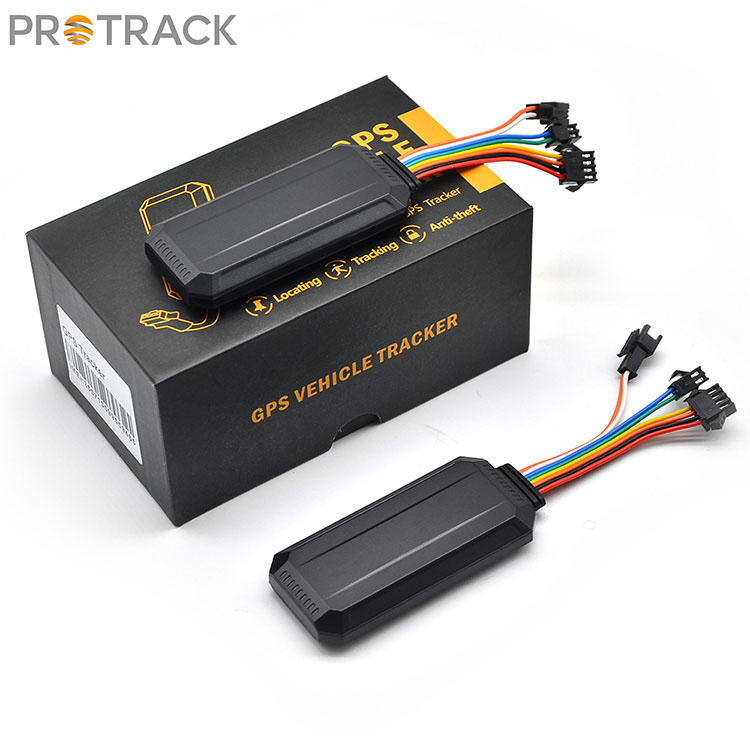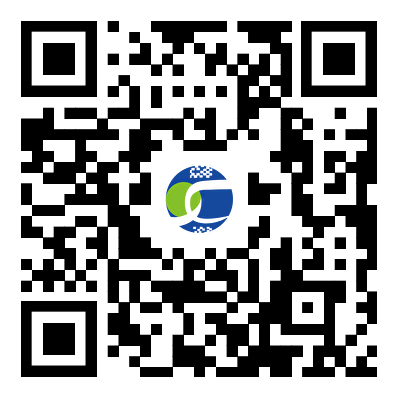Components and features of Tracking Device For Car
2024-06-27
A tracking device designed for cars typically consists of several key components and features to enable effective monitoring and security. Here are the main components and features you'll find in such devices:
Components:
1. GPS Receiver:
- Function: Receives signals from GPS satellites to determine the device's precise location.
- Key Feature: Provides accurate real-time location tracking.
2. Cellular Module:
- Function: Establishes communication with cellular networks (3G, 4G LTE) to transmit location data to a central server or mobile app.
- Key Feature: Enables remote tracking and monitoring capabilities.
3. Internal Battery:
- Function: Powers the device when the car is turned off or when external power isn't available.
- Key Feature: Ensures continuous operation and tracking capability.
4. Antenna:
- Function: Enhances GPS and cellular signal reception.
- Key Feature: Improves accuracy and reliability of location data transmission.
5. Processor and Memory:
- Function: Manages data processing, storage, and communication with external servers or mobile apps.
- Key Feature: Supports advanced features like geofencing, historical route tracking, and alerts.
6. External Connectors:
- Function: Interfaces with external power sources (e.g., car battery), sensors (e.g., fuel level, temperature), or immobilizer systems (optional).
- Key Feature: Allows integration with other vehicle systems for enhanced functionality.
Features:
1. Real-Time Tracking:
- Description: Provides continuous updates on the vehicle's location, speed, and direction in real time.
- Benefit: Enables immediate response in case of theft or unauthorized use.
2. Geofencing:
- Description: Defines virtual boundaries or zones on a map.
- Benefit: Sends alerts when the vehicle enters or exits predefined areas, useful for monitoring vehicle movements.
3. History and Reports:
- Description: Stores and presents historical data of the vehicle's routes and stops.
- Benefit: Allows for analysis of travel patterns, usage, and efficiency.
4. Speed Alerts:
- Description: Notifies when the vehicle exceeds a predefined speed limit.
- Benefit: Promotes safe driving behavior and helps monitor driver compliance.
5. Tamper Alerts:
- Description: Alerts when the device is tampered with or removed from the vehicle.
- Benefit: Enhances security by notifying of potential theft attempts.
6. Remote Diagnostics:
- Description: Monitors vehicle health metrics such as battery voltage, engine status, and fuel level.
- Benefit: Facilitates proactive maintenance and troubleshooting.
7. Mobile App Integration:
- Description: Allows monitoring and control via a smartphone app.
- Benefit: Provides convenient access to vehicle location and status updates on the go.
8. Subscription Service:
- Description: Typically required for cellular connectivity and access to advanced features.
- Benefit: Ensures continuous service and support for the tracking device.
These components and features vary across different tracking devices, so it's essential to choose one that meets your specific needs for vehicle security, monitoring, and management.



